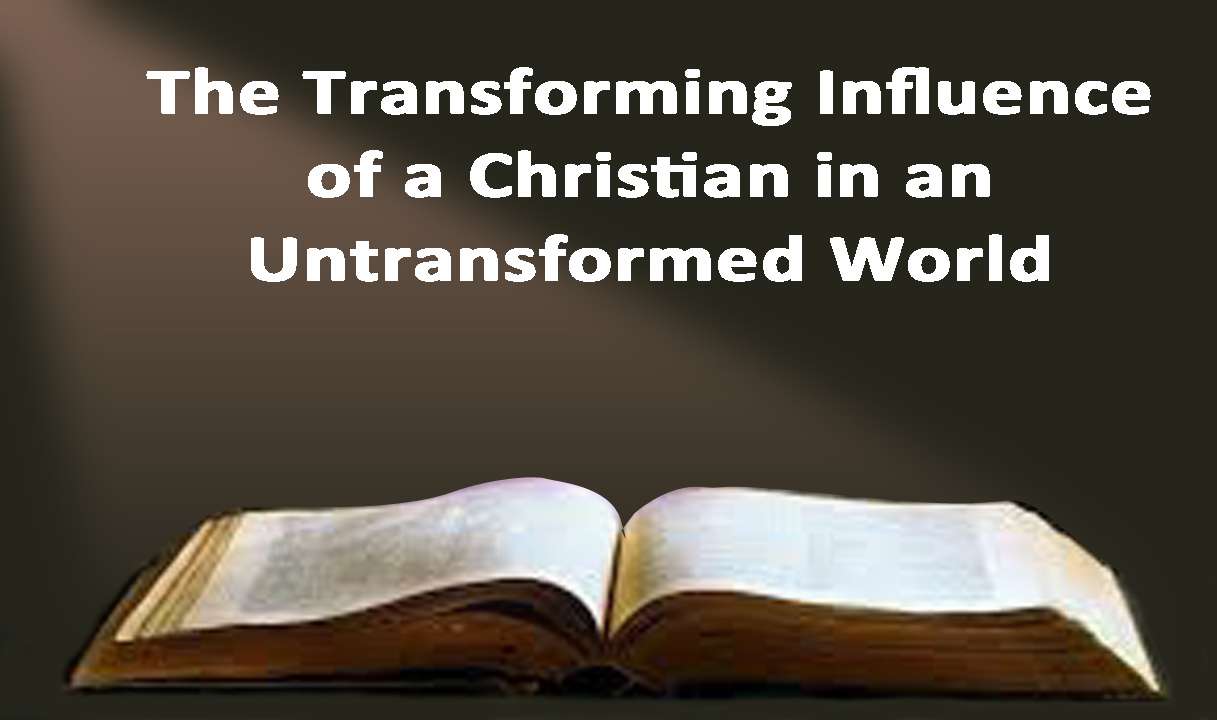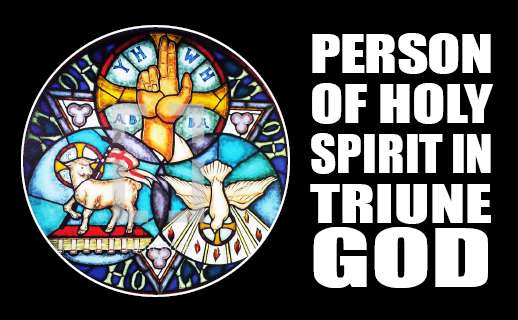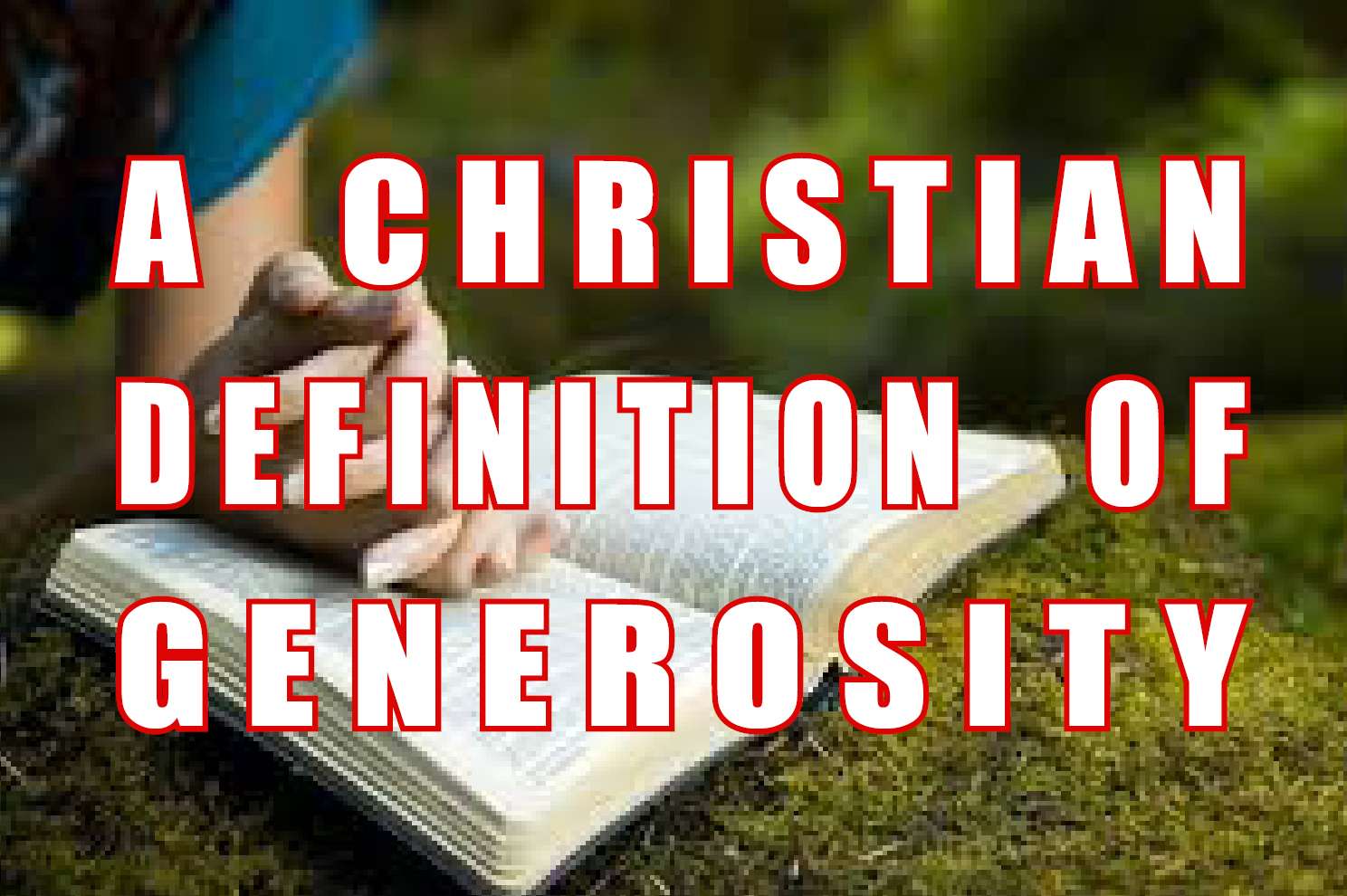

The Canon: The History of the formation of the Bible
Dr. John Alex
Introduction
The term 'canon' generally means a rule of faith. The term originated from the Greek word kanon which means 'a straight rod'. In its current terminology, canonical books refer to the books which the church acknowledges as the one inspired authority for the faith and practices of the church. The canon is, hence, not only a historical but also theological issue. There are crucial issues like why apocrypha is not included in the Protestant Canon, a critical analysis is beyond the scope of this article. Therefore, a descriptive approach is maintained in this article with the author’s perspective on the formation of the Bible.
The Old Testament Canon
Christian tradition has not laid any standardization for the books of the Old Testament rather Christianity accepted the Jewish Bible as it is into Christianity. There were different understanding and versions of Jewish Scriptures during the first century. The authoritative books of the Jewish Bible was not finalized during the first century. There is also the vagueness of the criteria for the finalization of the Old Testament books. The early Christians basically used the Greek translation (Septuagint) of the Jewish Bible than the original Hebrew Bible (Masoretic Text, MT).
The process of the formation of the book into its final form was a long story of more than thousand years. The formation consists of an oral tradition in early stages and was written down in a later stage. The earliest written down materials can be traced to the period of Moses and the latest to the post exile period.
There are main views regarding the time of canonization of the Hebrew Bible in the Jewish tradition. (a) Ezra: Jewish tradition attributes Ezra as the one behind the collection of the Hebrew Bible. The Apocryphaic writing point towards it. However, the present Old Testament studies rejects this view. (b) The Great Synagogue: yet another view regarding the cannonization was determined by “the men of Great Synagogue” under the leadership of Ezra. The very existence of such a Great Synagogue is questioned by today's scholars. (c) Jamnia: The most prominent among the three is that the canon was closed at a council in Jamnia (a town near the Mediterranean, West of Jerusalem) where Johanan Ben Zakkai reestablished his school at the time of the fall of Jerusalem in AD 70. The hypothesis proposed that it happened between AD 90-100.
Historically, the safest statement would be that by the end of the second century the Hebrew bible canon was fixed with sacred 22 books (= 39 books of the present Protestant Bible. 12 minor is prophets considered as one book. The following books were considered as one book: 1-2 Samuel, 1-2 Kings, 1-2 chronicles, Ezra- Nehemiah, Jeremiah- Lamentation). Both Athanasius and Jerome were the oldest christian witness for the present list of Protestant Old Testament Canon. The Wycliffe bible (1382) had the 39 books which later became the standard for the fixation of the Old Testament for the Protestant Churches.
Hebrew bible has basically three divisions - the Torah, Prophets and the writings (Cf: Luke 24:44). The first five books were called Torah which was considered of primary importance and the foundation for the Jewish community. The prophets are divided into two: the former prophets (Christian Canon classifies it as Historical Books) and latter prophets (Christian canon calls it as prophetical books). These books are based on the foundational tenets laid down by the Torah. The writings were liturgical reflection of the Jewish tradition.
The Hebrew bible has got different titles for each book. They used the first word of the book as the title for each book. The Christian canon followed the title given by Septuagint (LXX). There are minor differences within christian traditions and also with Jewish Scriptures in the order and the list of canonical books. The protestant churches believes that there are 39 canonical books arranged in the order as follows: From Genesis to Deuteronomy together calls it as Pentateuch (5 books); Joshua to Esther as Historical books (12 books); Job to Song of Songs as Poetical Books (5 books) and Isaiah to Malachi as Prophetical Books (17books).
New Testament Canon
For the early church Scripture means the sacred text of the Jews. The basic and unique affirmation of the early Christians were “My Lord and My God” and “God was in Jesus.” After the period of Jesus, Apostles believed that they were appointed to preach the reign of God. For the earliest church there were Apostles and the brothers of Jesus (I Cor. 9:5). Their words were considered authoritative. The church was directly taught that there was no need of written documents.
There are no evidences till this day that the church produced any literature during the period AD 30-50. It can be concluded that during those days all the issues in the church or doubts regarding faith were solved orally. (Rom 10:14-15). The situation changed when Christianity grew beyond the walls of Judaism. Geographically also Christianity began to spread beyond the boundaries of Jerusalem. This led to the writings in Christianity.
The first christian council recorded in Acts 15 accepted Non-Jews as part of Christianity. This marked a new era in Christianity which also catalyzed for the establishment of new churches in remote places. The earliest writings of Christianity were to help those Christians grow in Christian faith.
Added to it, the imminent Parusia (second coming of Jesus) has not happen as expected by the earliest Christians. The death of many witnesses who were with Jesus also prompted for the writings. The church needed to preserve the words of Jesus. It was difficult to remember all the words of Jesus. This may have led to shift from oral tradition to written tradition.
In the first century all that was written were not preserved. Whatever was preserved were not all accepted. Following are certain reasons for the preservation and acceptance of the books of the New Testament.
Firstly, all the epistles written by the Apostles and the brothers of Jesus were considered authoritative. Thus the epistles of Paul, Peter, James and Jude were accepted by the church as authoritative. The gospels were written down either by apostles (Matthew and John or those who accompanied the apostles Mark accompanied Peter and Luke accompanied Paul) were also taken as authoritative. The Revelation was accepted since it has the name of John. Though there was certain reluctance in accepting the Epistles of Hebrews the teachers of the early church considered it as written by Paul. Thus the epistle also became part of the New Testament.
Secondly, the Christian community to which it was written is also is important. It is true that the christian writings have the influence of Palestinian Christianity. However none of the materials written down to the Palestinian community were persevered. The materials may have been lost during the Jewish Roman civil war during the late 60’s of the first century. Most of the materials available to us were preserved by the Greek Asia Minor Churches of the First Century.
Thirdly, only the letters which confined to the rule of faith was accepted as canonical. The letters or gospels even labeled as from the apostles having popularly used by heretical sects within Christianity were rejected by the early teachers to be canonical. For example: widely circulated gospel which labeled as written down by Peter was rejected by the church. This was due to the use of this gospel by Docetic heretic groups.
It is interesting to note that the first New Testament table was prepared by a heretic named Marcion. He attempted such a task to separate Christianity from that of Judaism. He made a table of New Testament rejecting the gospels and letters which have the influence of Judaism. This attempt prompts the early teachers to develop the New Testament Canon. It can be concluded that the final canon of the New Testament has emerged by the first decade of the fifth century.
The Canon: An Evaluation
God is in control of history. God preserved the books which are needed for the church. Even letters written by Paul have been lost (Col 4:16). God was in control of the history of canonnization of the Bible for the books to be preserved or to be lost, to be accepted or to be rejected.
The writers of the Bible who wrote would never have thought that they were writing the Scriptures. If they wrote with that intention it would have been more scholarly. If so, only an educated person or a historian would be able to understand the Bible. God who is in control of history, designed it beautifully so that even a common reader can understand the Bible. Thus, the story of Canon is yet another affirmation of the active work of God in history.





